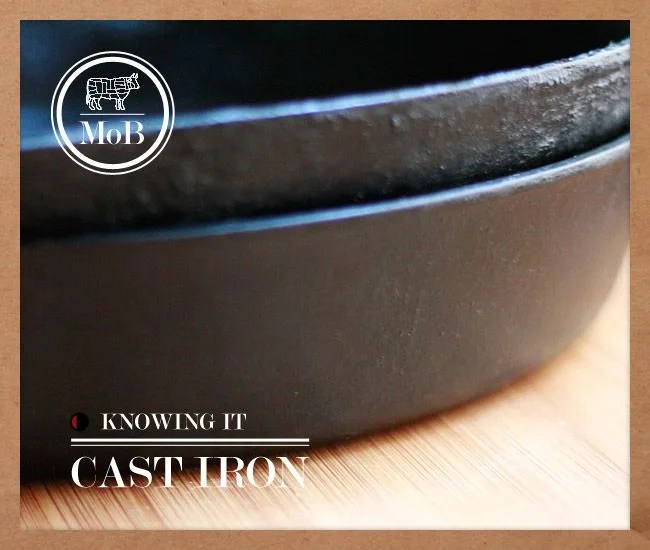 The Mildred
The MildredPop quiz: Name a three things that get better with age. Wine? Of course. Beef? Within reason. The GP crew? You’re damn right, partner. And number four, for good measure, is a cast iron skillet. Before there were non-stick pans coated in Teflon or enamel, there was cast iron, the original non-stick surface thanks to polymerized fat or oil built up with repeated use. Searing and braising meats, making stews in a campfire, frying eggs at breakfast. It retains heat better than other cooking metals, plus it imparts the seasoning of past meals. That means it’s the perfect medium for cooking a slab of beef — just in case you lost track of this month’s theme.
To find out how to season, cook with and maintain cast iron, we caught up with chef Michael Santoro of The Mildred, a budding Philadelphia eatery that’s charting new territory, surprisingly, with a traditional medium: his food is cooked and served almost exclusively in cast iron. It’s a departure from his avant-garde resume which includes stints at Heston Blumenthal’s Fat Duck and Basque restaurants Martin Berasategui and Mugaritz — but the food is equally sophisticated.
Discover what we learned from this sage of the skillet after the break.

Take Note:

Season & Cook with Cast Iron

